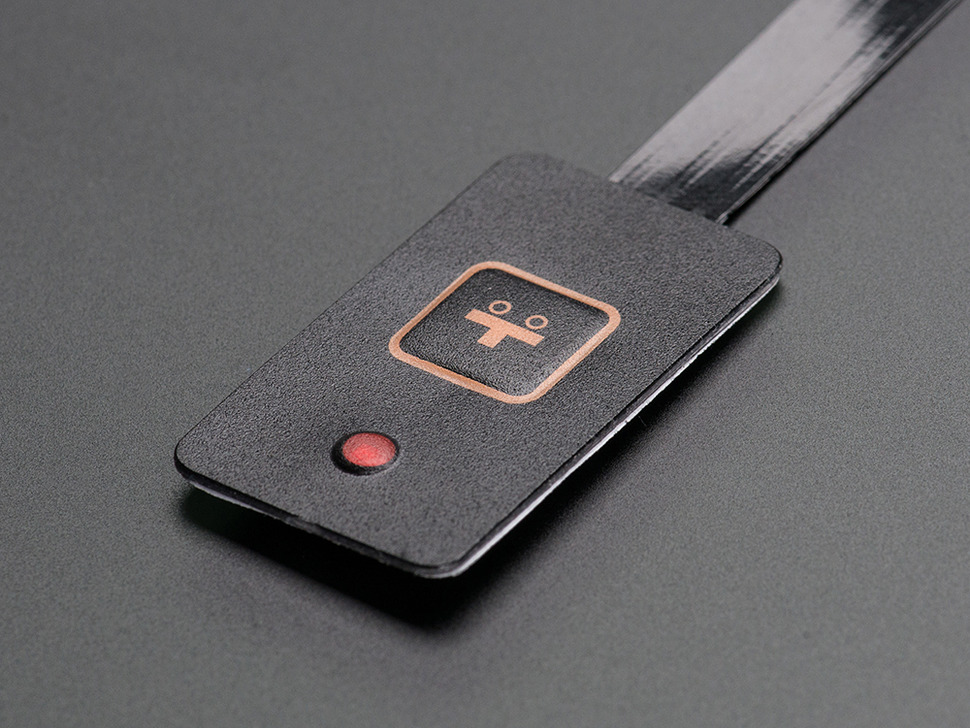How Membrane Switches Are Shaping the Future of Electronic Interfaces
How Membrane Switches Are Shaping the Future of Electronic Interfaces
Blog Article
Understanding Membrane Switches Over: The Key to Sturdy and Trustworthy Controls

What Are Membrane Switches?
Membrane layer buttons are an innovative solution in the realm of customer interface innovation, integrating performance and design seamlessly. These gadgets function as a user interface in between individuals and digital systems, incorporating a number of parts into a compact style. Normally built from versatile, slim layers of products, membrane layer buttons are made to reply to touch, making it possible for individuals to communicate with machinery and electronic devices efficiently.
The primary elements of a membrane layer switch include a printed circuit layer, visuals overlay, and a spacer layer that protects against unplanned activation. The visuals overlay can be personalized to reflect brand identity or customer preferences, improving looks while making certain use. Membrane layer switches are typically utilized in various applications, consisting of medical devices, customer electronic devices, and industrial devices, owing to their toughness and resistance to environmental factors such as dampness and dust.
One of the key advantages of membrane layer switches is their capacity to hold up against deterioration, making them perfect for high-traffic settings. Furthermore, they are lightweight and require marginal space, permitting innovative layouts in item development. On the whole, membrane switches over represent a effective and practical selection for modern digital interfaces, marrying innovation with user-centric design concepts.
Just How Membrane Switches Over Work
The operation of membrane switches over depend upon a straightforward yet efficient device that converts individual input into electronic signals. These buttons contain several layers, typically consisting of a graphic overlay, a spacer layer, and a circuit layer. When an individual presses the button, the top layer warps, permitting a conductive aspect in the circuit layer to reach a matching conductive pad on the bottom of the graphic overlay. This contact shuts the circuit and sends out a digital signal to the device, showing that the button has been triggered.
The style of membrane layer buttons can differ, but they commonly incorporate domes or tactile elements to supply responses to the customer, boosting the overall experience - membrane switch. The materials used in membrane layer buttons, such as polyester or polycarbonate, add to their durability and resistance to environmental elements, including wetness and dirt. The published circuits are normally enveloped, which safeguards them from wear and tear over time.
Benefits of Membrane Switches

Furthermore, membrane layer buttons are known for their resilience. Built from robust materials, they are immune to dirt, dampness, and physical wear, which significantly extends their lifespan compared to traditional mechanical switches. This longevity makes them specifically ideal for high-traffic settings and applications calling for long my response life.
An additional substantial advantage is the ease of cleansing and upkeep. The smooth surface of membrane layer switches over minimizes dirt buildup and is frequently unsusceptible spills, making them perfect for settings that call for learn this here now constant sanitization.
In addition, membrane layer switches offer a streamlined profile, causing a thinner design that can be incorporated right into different devices without including mass. This function not only enhances the visual charm but also contributes to a more ergonomic item style.
Applications of Membrane Buttons
User-friendly and versatile, membrane buttons find applications throughout a large range of sectors, including medical tools, consumer electronic devices, and commercial equipment. In the clinical field, these switches are essential to gadgets such as diagnostic tools, client surveillance systems, and infusion pumps, where reliability and convenience of cleaning are critical. Their capacity to maintain and stand up to harsh atmospheres functionality makes them suitable for such applications.

In consumer electronic devices, membrane switches are utilized in items like microwaves, washing makers, and push-button controls - membrane switch. Their smooth layout enables intuitive interface, boosting the overall customer experience while offering durability and resistance to damage
Industrial tools also takes advantage of membrane switches, especially in control panels for equipment and automation systems. These switches offer defense against dirt and dampness, making sure consistent efficiency look here in challenging settings. Their customizable attributes permit suppliers to tailor them to certain functional needs, enhancing effectiveness and functionality.
Choosing the Right Membrane Switch
When selecting a membrane button, it is necessary to take into consideration numerous variables that affect efficiency and suitability for particular applications. The main considerations include ecological problems, tactile feedback, sturdiness, and style specs.
First, evaluate the operating environment; buttons revealed to wetness, chemicals, or extreme temperatures require specific products to guarantee longevity and capability. Next off, assess the requirement for tactile feedback. Depending on customer interaction, some applications may profit from a tactile reaction to validate activation, while others might prefer a non-tactile layout for aesthetic factors.
Longevity is an additional critical element; membrane switches should be created to endure frequent usage, influences, and abrasion. Guarantee the picked switch can sustain the expected lifecycle, specifically in high-usage situations.

Verdict
In final thought, membrane layer switches serve as essential elements in the layout of reliable and resilient control systems throughout numerous sectors. The flexibility of membrane switches over allows for customized remedies that meet particular operational requirements, enhancing their value in modern innovation.
Membrane switches represent an important facet of modern-day user interface layout, blending functionality with durability in different applications.Membrane layer buttons are an advanced remedy in the world of customer interface modern technology, incorporating capability and design effortlessly. Usually built from versatile, thin layers of materials, membrane switches are designed to react to touch, making it possible for customers to connect with equipment and electronic gadgets successfully.
The style of membrane switches can vary, yet they often include domes or responsive aspects to supply comments to the user, enhancing the total experience.In verdict, membrane layer changes serve as vital parts in the layout of reputable and resilient control systems across numerous industries.
Report this page